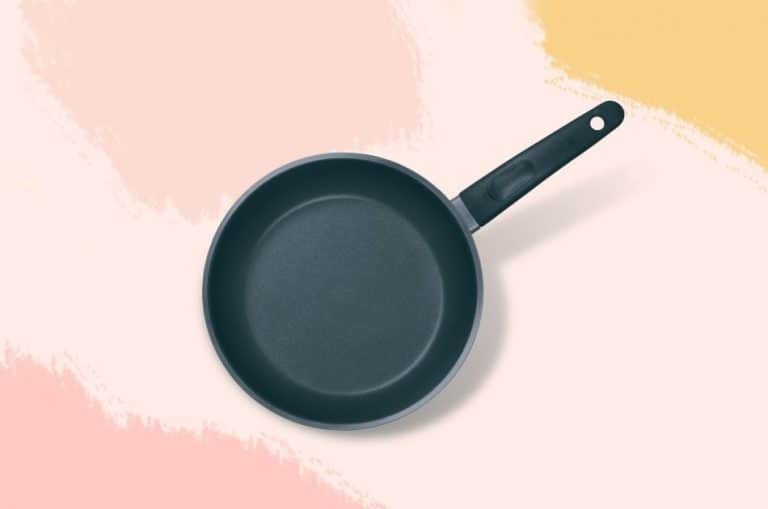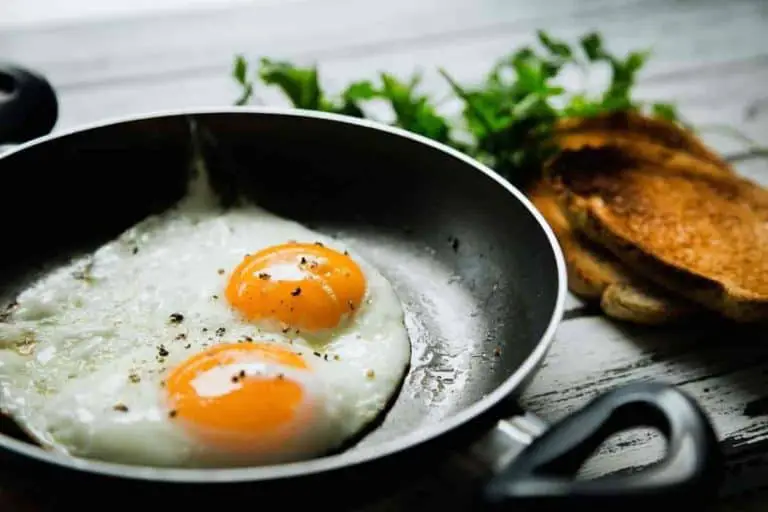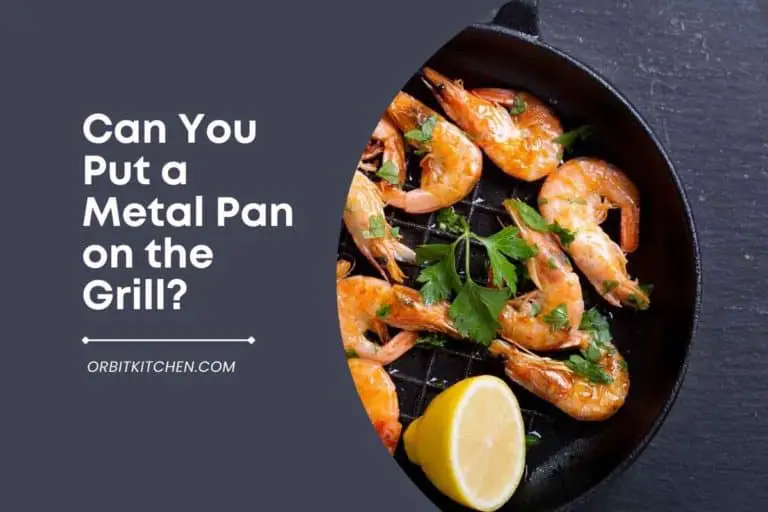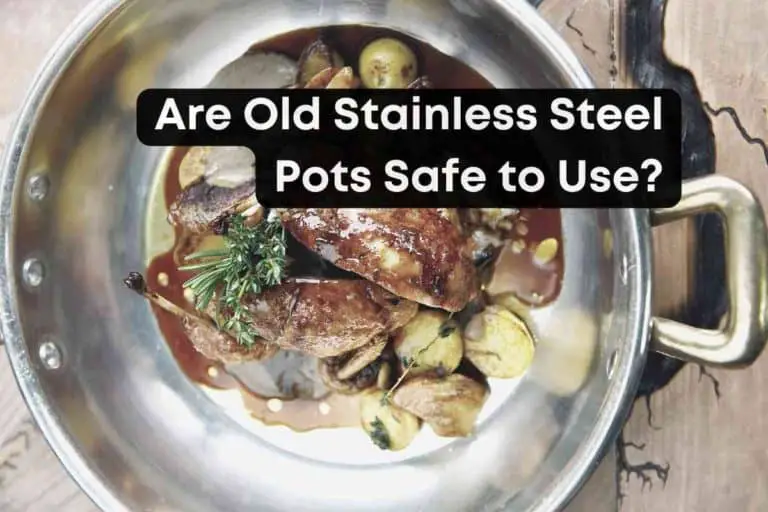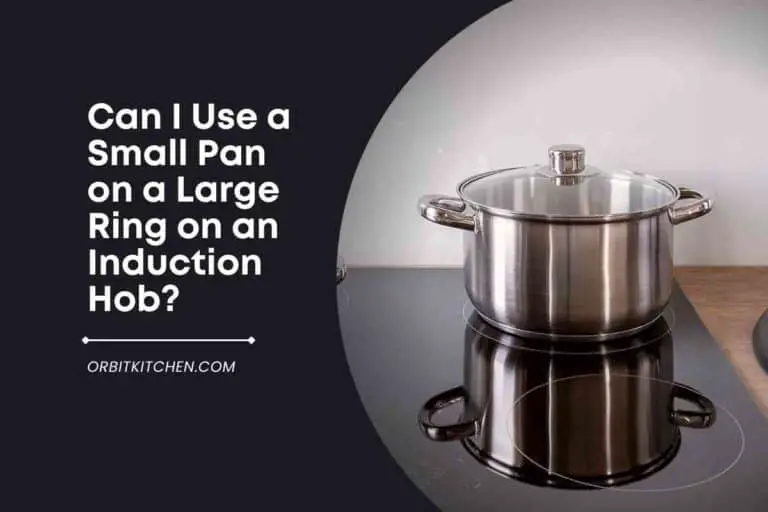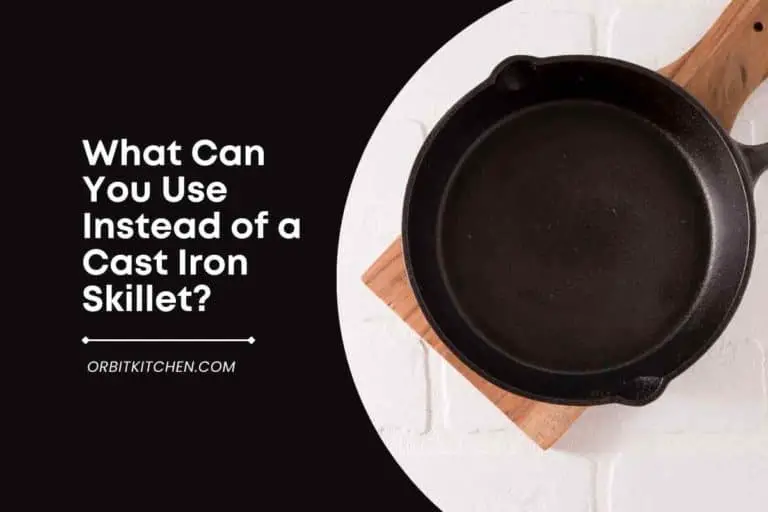How to Fix a Scratched Ceramic Pan [A 7-Step Process]
It is quite common to apply ceramic coatings to iron sole plates or stovetops because they conduct heat and distribute it evenly. The ceramic coatings can resist scratches quite effectively, but sharp metal utensils can cause scratches.
How to fix a scratched ceramic pan?
To fix a scratched ceramic pan, you can use a cookware repair spray to spruce up your shattered pan. If the scratches aren’t too severe, you might be able to repair them effectively by spraying them evenly on both sides of the ceramic coating.
Read below to learn more about the steps to fix scratches from ceramic pans and how long ceramic coating lasts on pans.
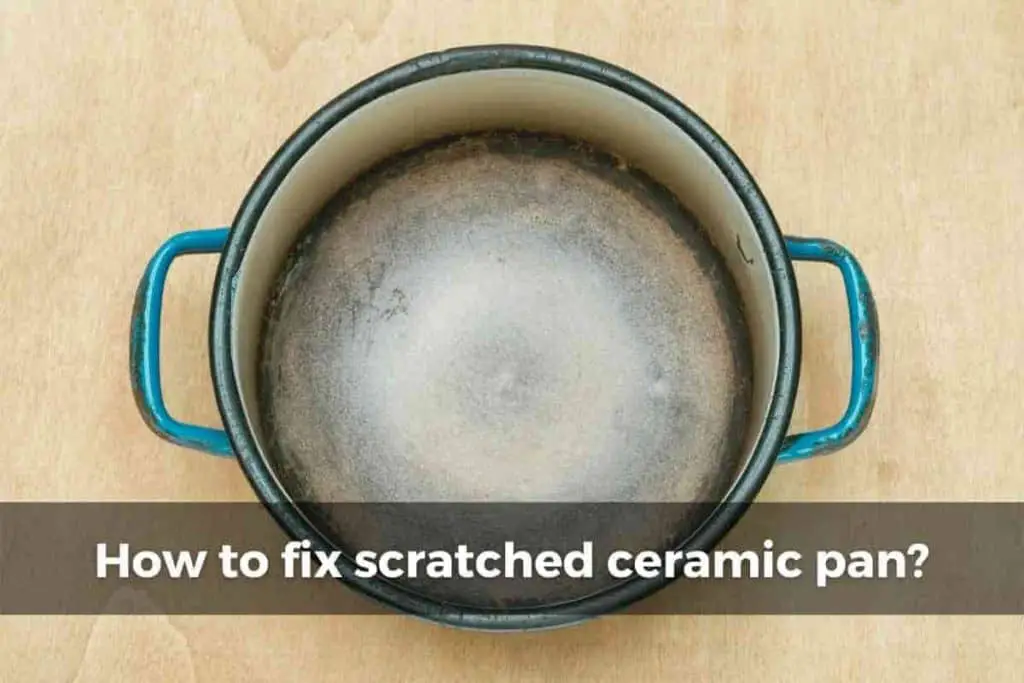
If you’re looking to buy the best cookware products, be sure to visit my Recommended Products Page (click to see my page), Which includes all of my top picks by category.
7 Steps to Fix a Scratched Ceramic Pan
So there are some common tips on how to fix scratched ceramic pans. Let’s have a look at it.
Step-1: Clean your pan thoroughly using a sponge and dishwashing solution mixed with warm water. Use a mild soap to clean the scarred surface and a dry, absorbent cloth to dry it—mix baking soda and water to make a thick paste.
Step-2: Obtain a cookware repair spray, which you should spray on your pan; this ensures an even coating on the pan and, in most cases, fills the scratch. You can also leave a few drops of acetone (nail polish remover) or paint thinner on the scratched area for a few minutes.
Step-3: Allow 45 minutes for the spray to settle at room temperature, ensuring no dirt gets into the pan during this time.
Step-4: Bake the pan for 30 minutes so that the spray will have time to settle down.
Step-5: After baking the pan, allow it to cool for one hour in the oven.
Step-6: Afterward, repeat the process outlined in the first step, rewashing the pan after cooling.
Step-7: Inspect the pan to ensure that the scratch has disappeared when you’re finished. Otherwise, you will have to start over until the problem is fixed.
Do Ceramic Pans Scratch Easily?
The ceramic pans are prone to scratches, though most of them come with a scratch-resistant coating, this coating wears off over time, so it is possible to scratch them. The easiest way to avoid this is to take good care of your cookware and to replace it when it needs replacing.
Although ceramic pans are naturally scratch-resistant and durable, you can use most utensils without causing harm. The only problem is that sharp, and metal utensils can scratch ceramic pans. On the other hand, using softer knives on frying pans will prolong the cookware’s life.

If you wish to purchase this GreenLife Ceramic Nonstick Pots and Pans Set, you can do so on Amazon here.
Why Do Ceramic Pans Get Scratches?
When you use sharp or metal utensils, ceramic pans get scratched. You may damage the coating of your ceramic pan if you use sharp tools. The most common cause of non-stick coating loss is scraping with forks and knives or using metal utensils with a non-stick pan.
Ceramic pots and pans are suitable for use in the oven, broiler, steamer oven, toaster oven, convection oven, microwave oven, and cooktop.
In addition, they can be used as serving dishes and can be frozen. As a result, minor scratches may appear on the ceramic pans. You cannot repair the damage to these pans; however, the pan can be made non-stick again.
Can Ceramic Coatings Prevent Scratches?
When utilized and maintained correctly, ceramic coatings can be an excellent alternative to typical non-stick pans. Scratch resistance, not scratch proof, is the goal of a ceramic coating.
At the same time, it will protect your paint from finer scratches but will not altogether remove the possibility of scratching. Even if it’s covered, your pan can and will be marked by various hard, sharp, or metal objects.
Check out our guide about using the Cuisinart sauté pan in the oven.
How Long Does Ceramic Coating Last on Pans?
Ceramic pans coating can last 6-9 months without losing its non-stick properties if adequately cared for. However, using a ceramic pan with metal utensils can cause it to lose its non-stick properties after a few uses.
Furthermore, if you frequently cook at high temperatures or use metal spoons and forks, ceramic non-stick cookware will lose its non-stick properties sooner than you might imagine.

You can check out the current price of this GreenPan Ceramic Nonstick Pan Set on Amazon here.
Do’s and Don’ts when using ceramic pans.
Ceramic and other coatings can be scratched and scuffed to the upper covering peels off. Despite being scratch-resistant, ceramic is more susceptible to the rigors of the kitchen and high-temperature cooking.
Do’s
Use Plastic or Wood Utensils:
When cooking with ceramic non-stick cookware, use utensils made of plastic, silicone, wood, or nylon. Miguel Hall, the research and development manager for Calphalon, a cookware, bakeware, cutlery, and appliance firm, says, “Anything metal could cause scratching.”
Soak Your Pans With Warm Water:
Once the cookware has cooled, soak pans with burnt food in warm water. Then, to remove stubborn messes, use a nonabrasive pad such as a nylon scrubber, Hall advises.
Store Cookware Properly:
You should store cookware carefully to avoid metal-on-metal contact. If you’re keeping items in cabinets, a hanging pot rack or a dish towel between each item is excellent. The Caraway set includes lid hooks and magnetically connected pot and pan holding frames.
We have also covered the topic of using discolored aluminum pans, so check them out as well.
Don’ts
Avoid Cooking at High Heat:
It would be best to use ceramic cookware on low to medium heat to avoid damaging the non-stick coating’s durability and discoloring the outside of the pan.
Don’t Wash a Hot Pan:
A sudden shift in temperature may cause cracks in the protective covering and may deform the pan’s bottom. Let the pans cool completely before pouring cold water over them to avoid heat shock.
Don’t Use Abrasive Cleaning Products:
You risk scrapes and scuffs if you use steel wool, metal pads, or abrasive cleaning products, which will degrade the non-stick qualities of the coating. “Browning is natural and bound to develop on any sort of cookware with regular cooking and a flame exceeding 400° degrees,” Nathan explains of the outside.
Conclusion
If you have scuff marks on your pan from spoons or utensils that haven’t harmed the coating, you can wash it to eliminate the scuff marks. However, if your meal sticks to your pan, you can season it to prevent it from sticking.
If you’re looking to buy the best cookware products, be sure to visit my Recommended Products Page (click to see my page), Which includes all of my top picks by category.

